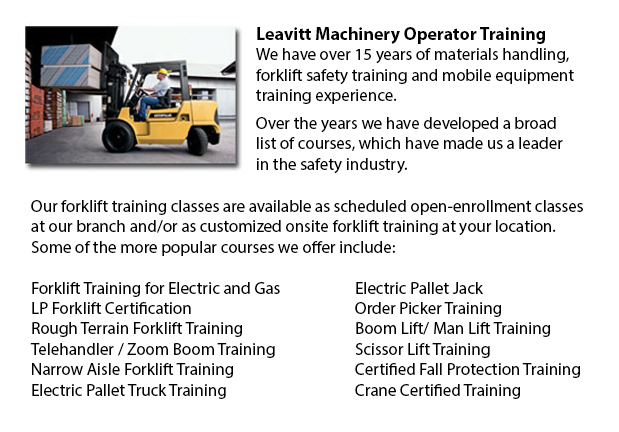
Hyster is currently a global leader in forklifts as well as warehousing solutions. However, it started as a manufacturer of lifting machines and winches. Most of its production was concentrated in the northwest United States and dealt primarily with the timber and logging industry. A couple years after the first forklift trucks were invented Hyster became synonymous with quality production. Over the last eighty years Hyster has continued to expand and develop its product line. The growth of its products coupled with its desire to stay service oriented has allowed Hyster to develop into the intercontinental player it is nowadays.
Hyster experienced major innovations through the 1940's and 1960's. In 1946, Hyster opened a plant in Danville, Illinois that was exclusively committed to bulk producing trucks. This allowed Hyster to drive its expenses down and, at the same time, offer a better quality product at industry competitive prices. In 1952, Hyster began its first foray in to the international production market through opening its first plant in the Netherlands. The Netherlands plant was originally designed to produce two products: Hyster 40" and the Karry Kranes.
Hyster, along with the whole forklift industry, continued to expand into different product lines throughout the 50's and 60's. They began constructing container handlers in the United states in 1959 to meet with the ever expanding demand for transportation goods. In 1966, Hyster developed a process for allowing a lift truck to go both ahead and backwards using the same pedal. This pedal was labeled as the Monotrol pedal, which revolutionized the industry. Later in the decade Hyster opened a research and development centre in Oregon that was focused on enhancing the design and performance of lift trucks. The centre is still one of the world's best testing facilities in the materials handling industry.
As demand for materials handling equipment continued to expand rapidly during the 1960's, Hyster needed to reorient its concentration towards these new mass markets. Accordingly, in 1970, the XL design philosophy was born. The XL design philosophy allowed Hyster to offer superior quality at a more reasonable price. A further expansion in production capabilities was necessitated by the demand in Europe for Internal Combustion Engine Vehicles. To plug this gap, a plant in Craigavon, Ireland was opened in 1980. Through the 80's Hyster continued to focus on developing industry leading forklifts. The Hyster company name was recognized throughout the globe for its dedication towards quality. This attention to quality brought several suitors for the enterprise. In 1989, a large multinational corporation based in Ohio called NACCO Industries purchased Hyster and started an aggressive expansion plan. NACCO rapidly changed the XL philosophy with a more driver oriented lift truck that concentrated on operator comfort, which is known as the XM generation of forklifts.
With the universal shift towards just-in-time administration procedures, Hyster has been required to keep up with the trends through investment in new and diverse technologies. Acquisitions and investments were made in the US, Italy, Netherlands, and many other places throughout the globe. All of these investments have made Hyster a global leader in the lift truck market. Recently, Hyster celebrated its eightieth anniversary as an industry leader of materials handling equipment, which includes over three hundred various styles of forklift trucks.
-
Pallet Lifts
A pallet haul is equipment built in particular for moving pallets of varying weights and sizes. They may be utilized in conjunction with cranes, lift trucks and other heavy duty machines as an appendage piece or to be employed on their own. Pallet ho... More -
Pallet Stackers
Pallet stackers are a kind of pallet jack that might be employed to stack, transfer and haul produce placed on a pallet that are far too heavy for manual lifting. Mostly these mechanisms are employed to load and unload freight from trucks and to tran... More -
Scissor Pallet Trucks
Scissor lift pallet vehicles are built to be able to transfer and stack pallets with a built-in raising device that allows the pallets to be elevated. This apparatus is extremely effective for working in limited spaces that does not tolerate a full-s... More -
Reach Trucks
Reach Trucks are mechanized equipment utilized for loading and storage in some establishments that maintain storage of materials to finished goods on a pallet which are then inserted into elevated shelving units. This loading device helps businesses... More -
Pneumatic Forklifts
Pneumatic jacks are generally known as pallet lift trucks or pump trucks and are extensively utilized in warehouses and shipping plants to transport resources on pallets. Pneumatic forklifts consist of a pair of metallic blades installed on a wheeled... More

Forklift Training Kamloops
TOLL FREE: 1-888-254-6157
Kamloops, British Columbia
forklifttrainingkamloops.com
Email Us
About Us


